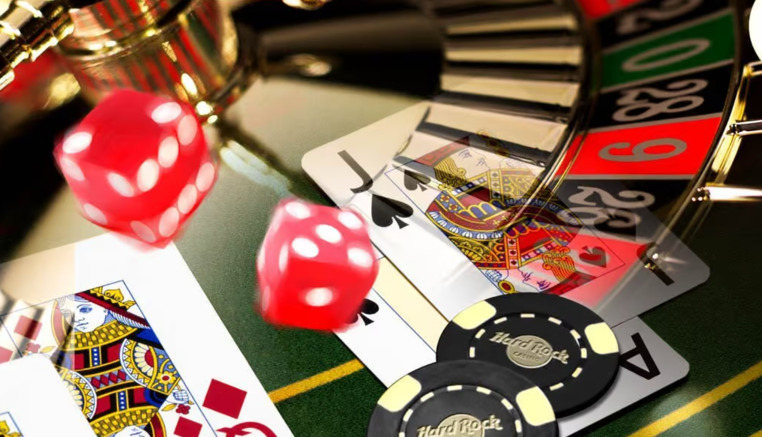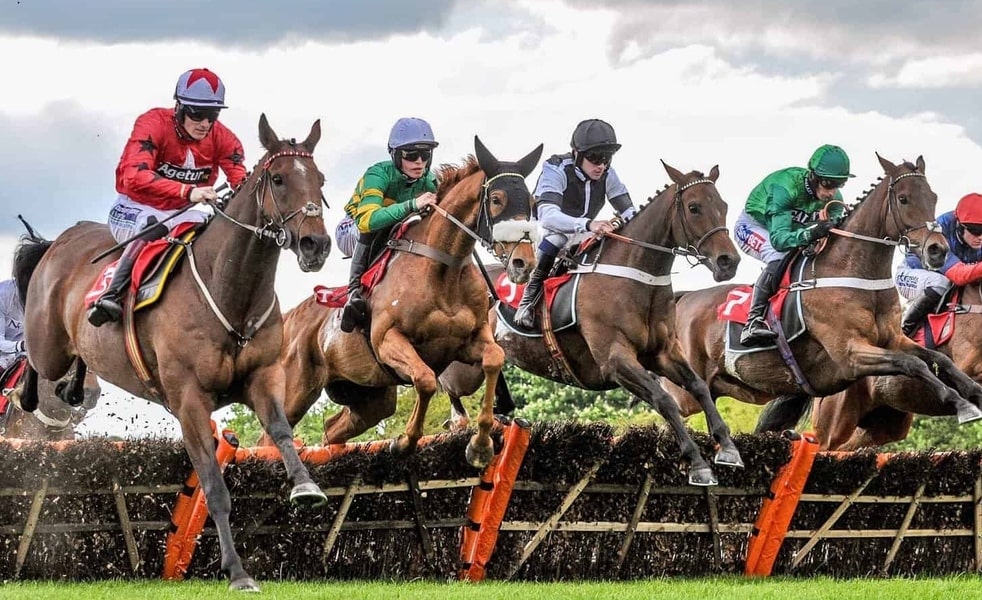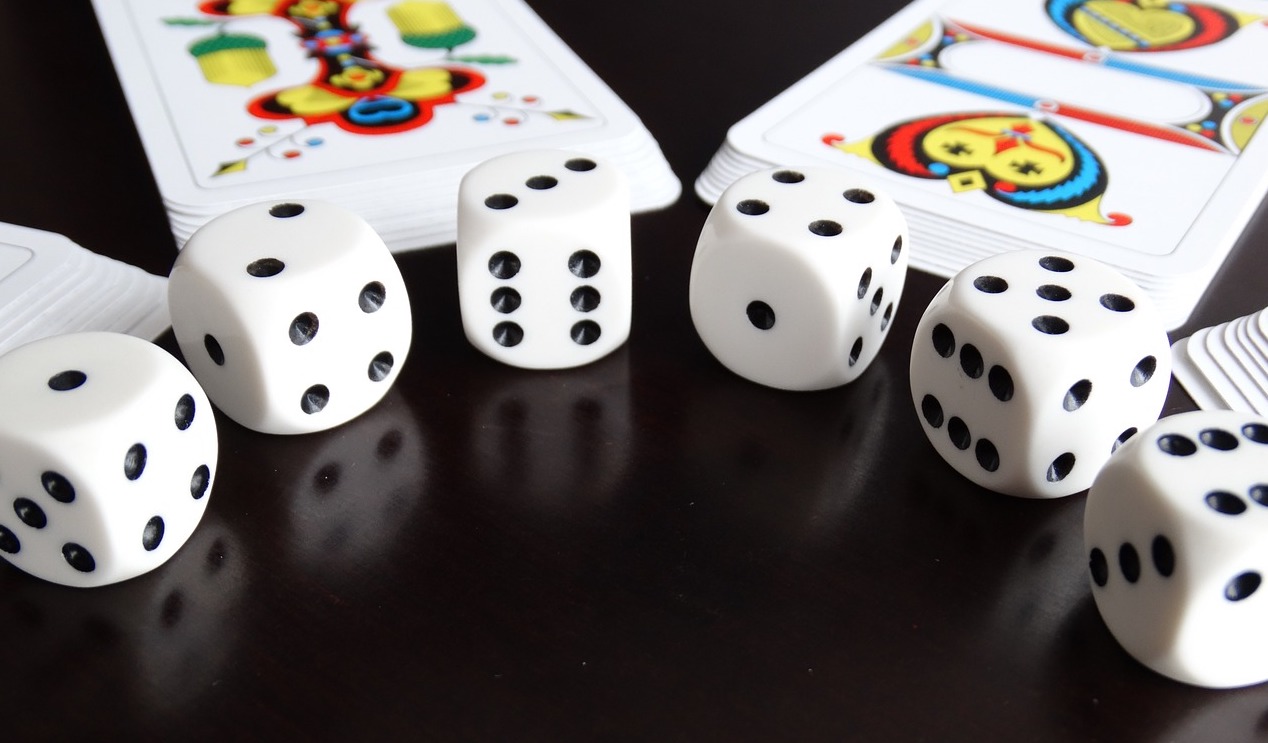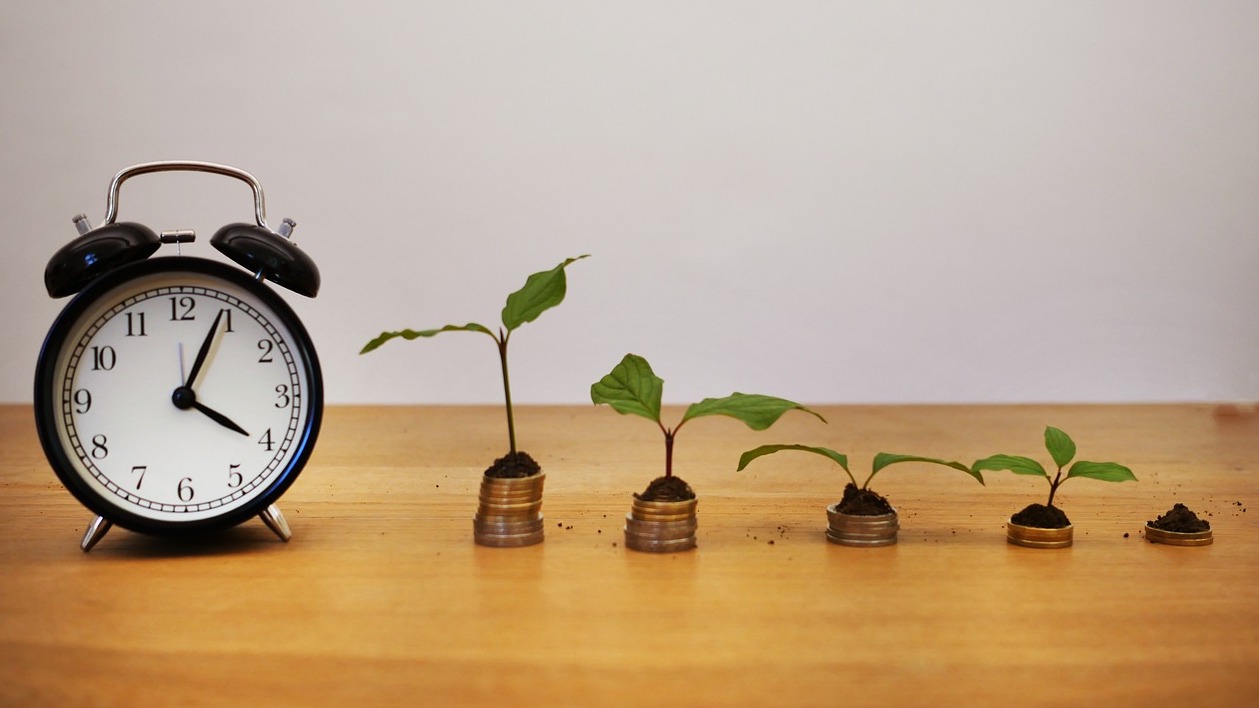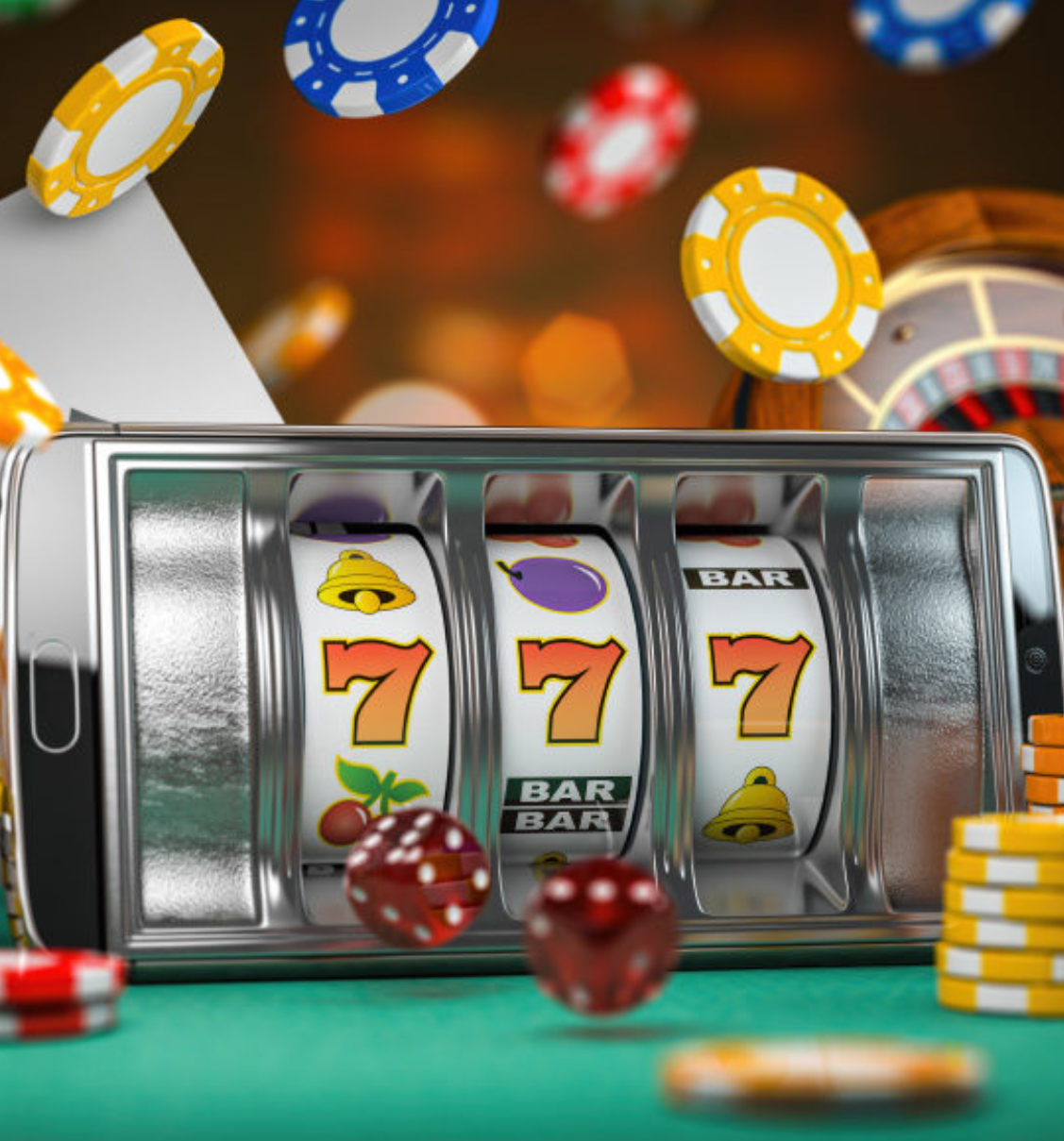포커카지노 추천의 새로운 기준, 카지노친구
빅데이터로 본 포커카지노의 진짜 가치 빅데이터는 다양한 정보 속에서 우리에게 진짜 가치 있는 정보를 전달합니다. 카지노친구는 수많은 카지노 업체 중에서 진짜 가치를 전달하는 포커카지노만을 추천합니다. 검증을 통과한 업체만을 선별 누구나 안심하고 즐길 수 있는 포커카지노를 찾기 위해, 카지노친구는 엄격한 검증 과정을 거친 업체만을 소개합니다. 사용자의 안전이 최우선입니다. 인기업체, 추천업체, 보증업체를...







